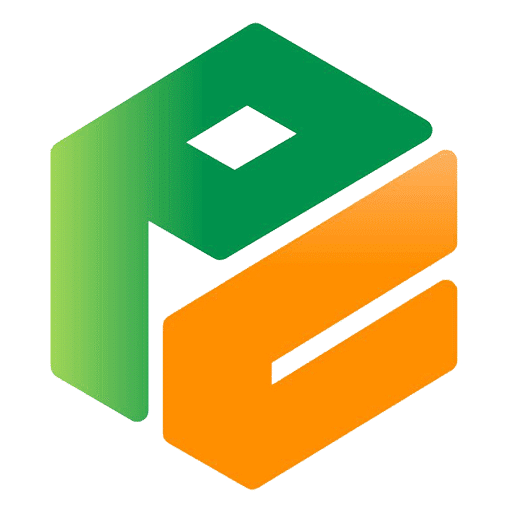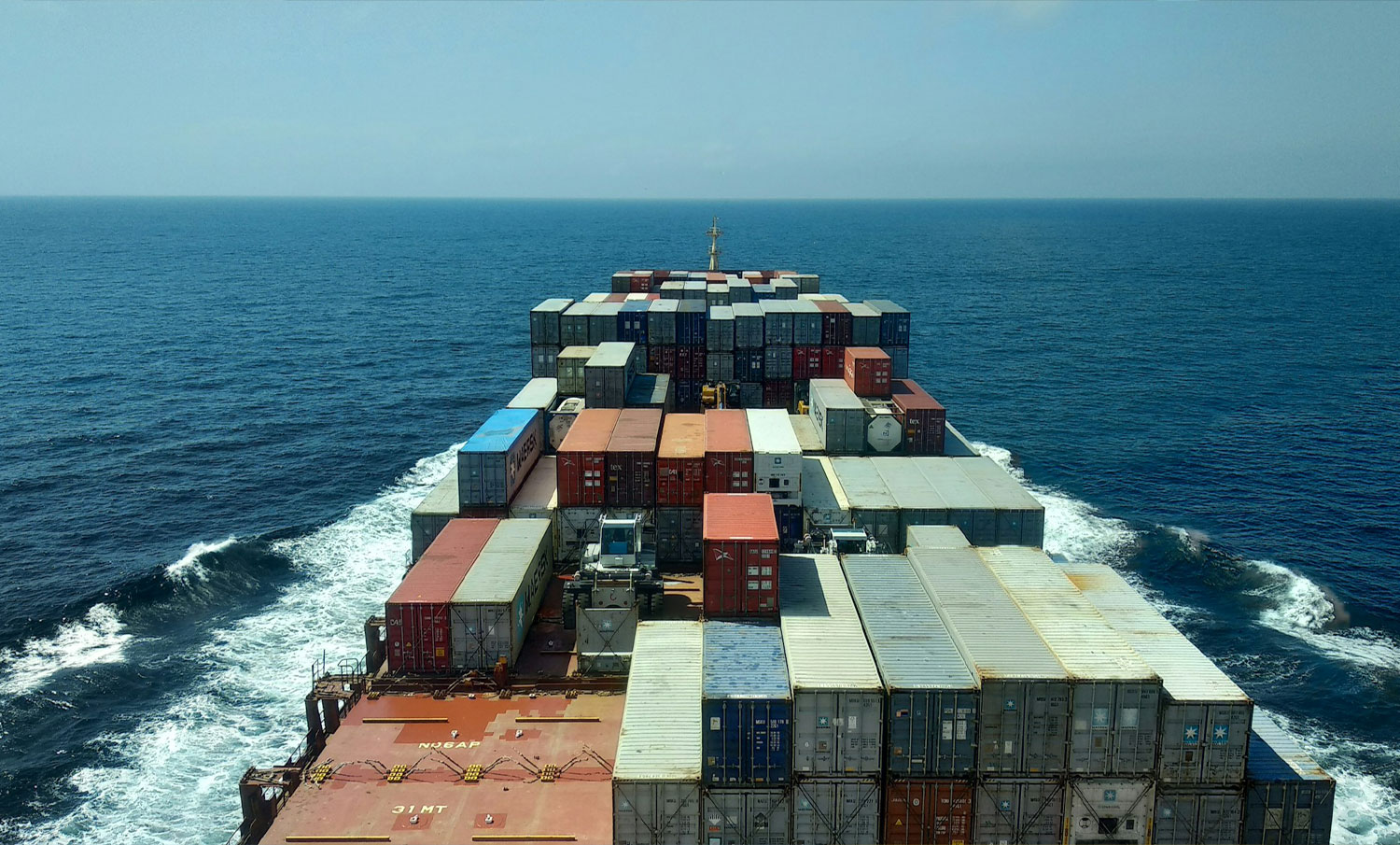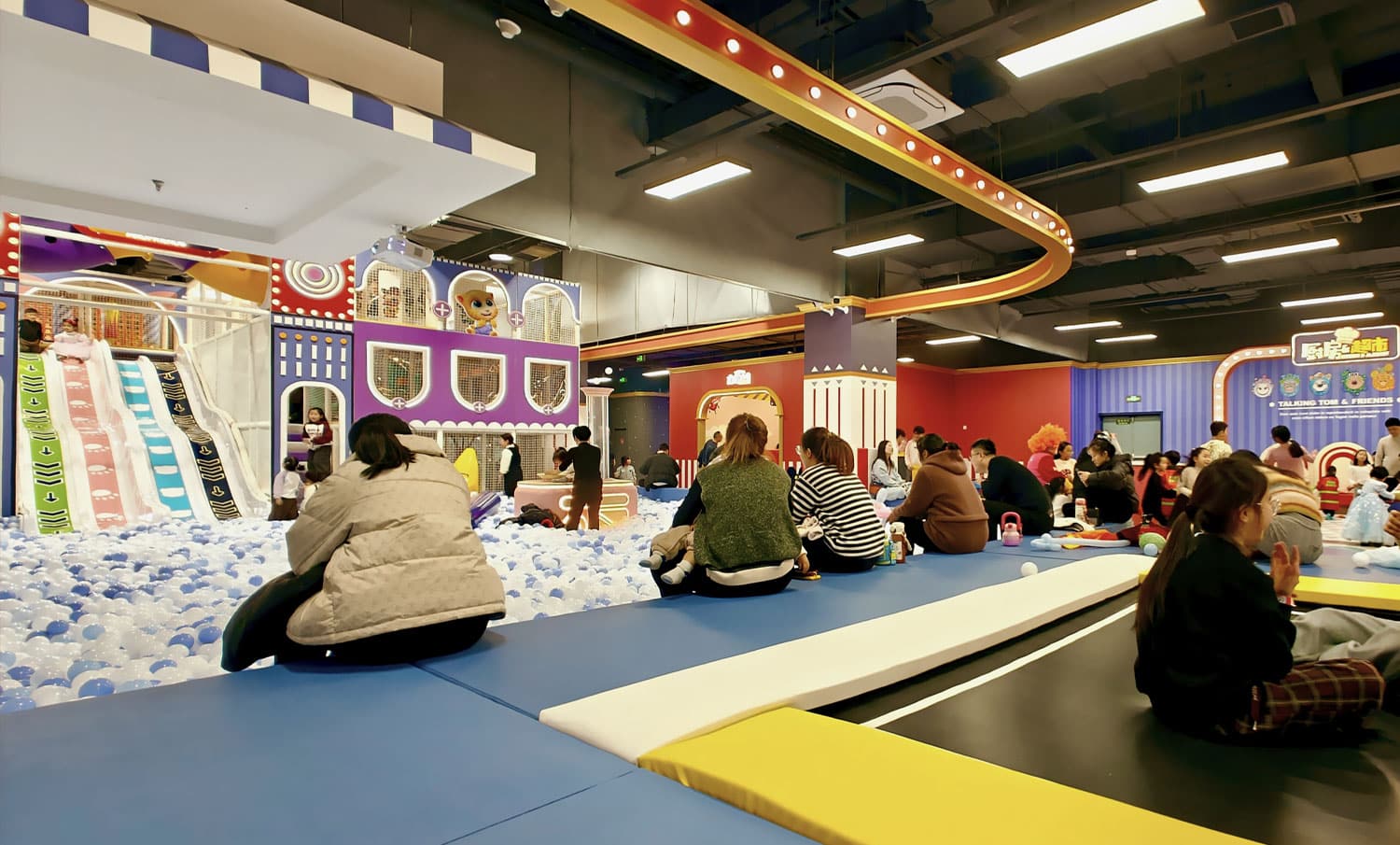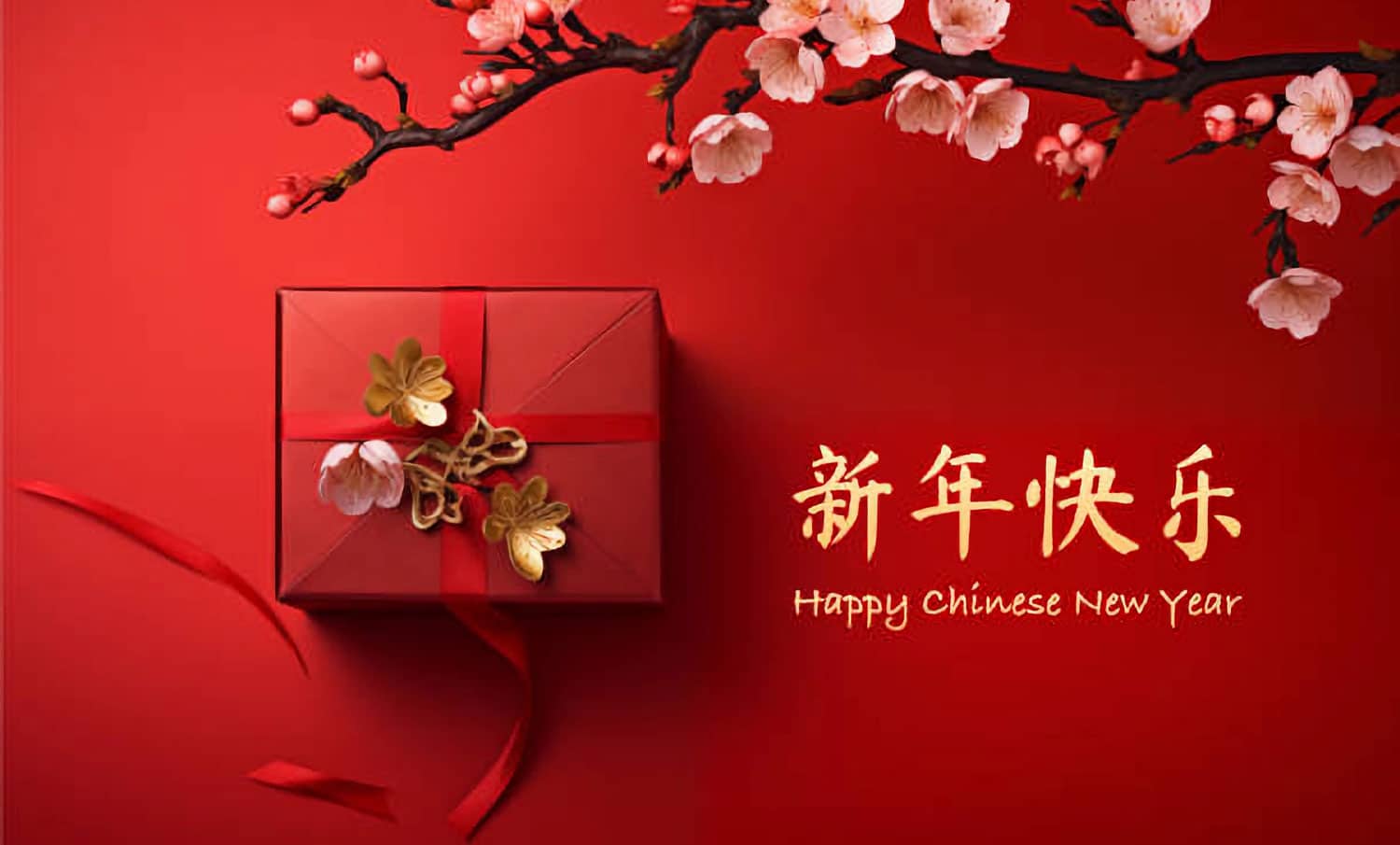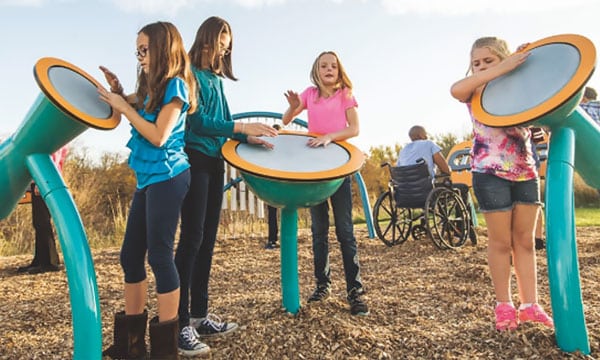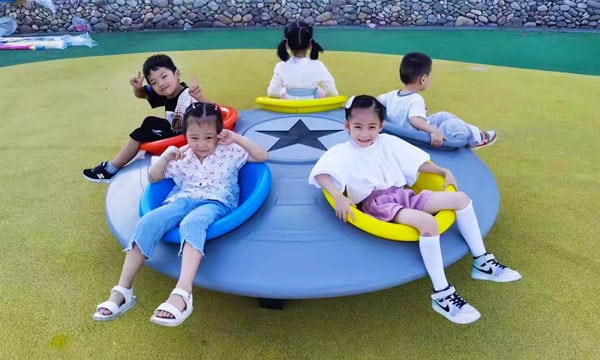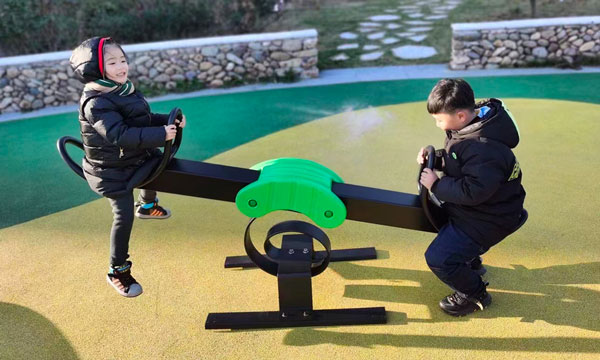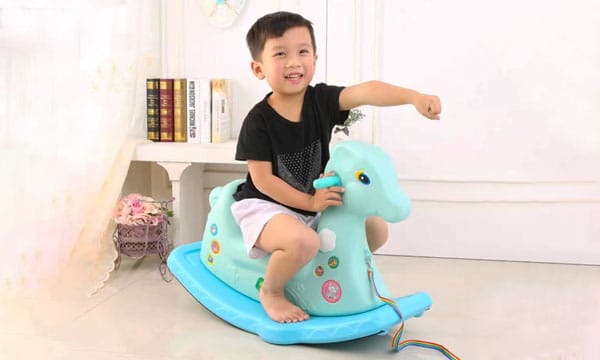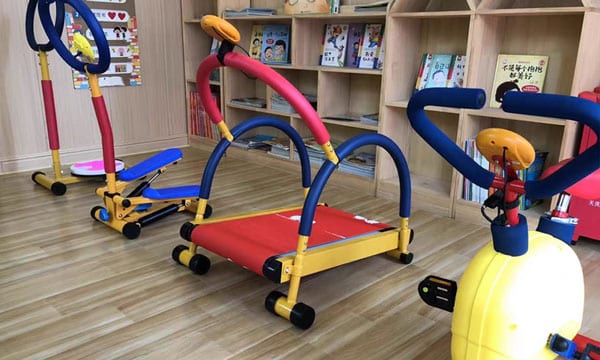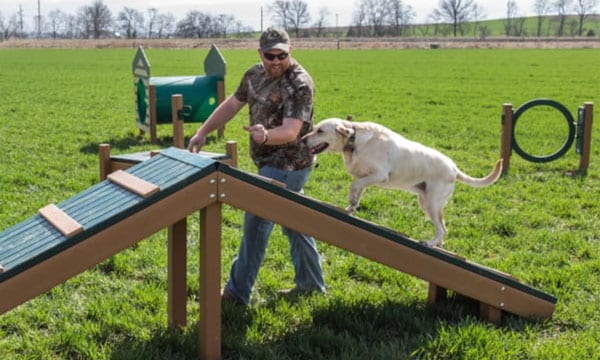When importing children’s playground equipment from China, understanding the process and preparing effectively are crucial for a successful experience. This guide breaks down the process into three main parts: preparation, selecting a supplier, and managing the import process.
Part 1: Preparation Before Importing
- Assessing Your Site: Before purchasing equipment, evaluate your location to ensure it meets the requirements for the desired products.
- Measure the available space using accurate tools, such as laser distance meters, to avoid miscalculations.
- Consider layout designs that optimize flow and usability, such as separating active play zones from quieter areas.
- Account for environmental factors, like high humidity, which may require galvanized steel or treated wood for durability.
- Choosing the Right Products: Select equipment tailored to your project’s objectives and audience.
- Identify the primary user group: toddlers (1-3 years), preschoolers (3-5 years), or school-aged children (6-12 years).
- Consider equipment types, such as interactive panels for cognitive development or climbing frames for gross motor skills.
- Explore product categories to match your project needs. For instance:
- Indoor Play Equipment: Ideal for malls, schools, and daycare centers, featuring slides, ball pits, and climbing walls.
- Outdoor Play Systems: Tailored designs that reflect specific themes, like pirate ships or space exploration.
- Freestanding Play Equipment: Designed for parks or residential communities, including swing sets, merry go round, and seesaws.
- Fitness Equipment: Perfect for public spaces to encourage physical activity, such as pull-up bars and balance beams.
- Request detailed specifications, including dimensions, materials, and maintenance guidelines, to ensure suitability.
- Requesting Design Solutions: Collaborate with suppliers to create an efficient and attractive design.
- Provide detailed site dimensions, photos, and a list of must-have features.
- Request 3D renderings to visualize the layout and identify potential issues before production.
- Ask for materials samples or color swatches to ensure aesthetic alignment with your project.
- Setting a Budget: Establish a realistic budget that covers all project components.
- Calculate equipment costs based on material quality (e.g., powder-coated steel vs. plastic).
- Factor in shipping costs, which can vary by container size (e.g., 20ft vs. 40ft) and destination.
- Research your country’s import duties and VAT rates to estimate additional costs.
- Allocate funds for installation, including professional assembly or training for in-house teams.
Part 2: Selecting the Right Supplier

- Factory vs. Trading Company:
- Factories: Factories specialize in manufacturing and often provide competitive pricing, especially for bulk orders. However, factories may have limited product ranges and less flexibility in terms of customization or payment terms. Direct communication with factories can sometimes be challenging, particularly when navigating language barriers or cultural differences.
- Trading Companies: Trading companies act as intermediaries, sourcing products from multiple factories. They often leverage their organizational structure, lower staffing costs, and extensive supply chain management expertise to offer competitive pricing and superior services. Here’s why a trading company may be a better option:
- Streamlined Organization: Trading companies maintain leaner structures with specialized teams, allowing them to operate efficiently and pass cost savings to clients.
- Optimized Supply Chain Management: They consolidate orders from various manufacturers, reducing overhead costs and shipping expenses.
- Lower Staffing Costs: Unlike factories with large production workforces, trading companies focus on key roles like procurement, quality control, and customer service, resulting in lower operational expenses.
- Comprehensive Support: With dedicated account managers and multilingual communication, trading companies simplify the process for international buyers and minimize misunderstandings.
- Flexible Payment Terms: Trading companies often provide more favorable payment options, such as smaller initial deposits and balance payments closer to delivery.
These advantages make trading companies an excellent choice for importers who value convenience, product variety, and reliable after-sales support. For example, Play Vendor, with its streamlined structure and customer-focused approach, can offer competitive pricing and tailored services that meet diverse client needs. Collaborating with a trading company like Play Vendor ensures you benefit from professional support at every stage of the import process.
- Building Trust with Suppliers: Establish a strong foundation for collaboration.
- Schedule factory visits or virtual tours to verify production conditions.
- Check references by contacting previous clients listed in testimonials or case studies.
- Verify business legitimacy through government databases.
Part 3: Managing the Import Process
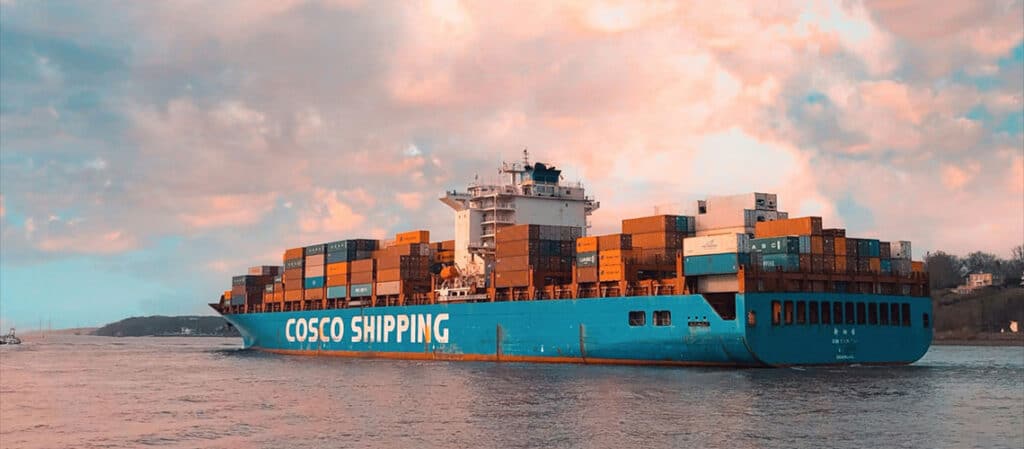
- Choosing the Shipping Method: Optimize transportation based on volume and cost.
- For large orders, opt for FCL (Full Container Load) to minimize handling and potential damage.
- For smaller quantities, use LCL (Less than Container Load) to save costs, but account for longer transit times.
- Confirm Incoterms (e.g., FOB: Free on Board, CIF: Cost, Insurance, Freight) to clarify responsibilities.
- Selecting a Freight Forwarder:
- Using Your Own Forwarder: Choose a forwarder with expertise in playground equipment to handle oversized or irregularly shaped cargo.
- Supplier’s Forwarder: Leverage existing relationships between suppliers and their forwarders for seamless coordination.
- Request freight quotes from multiple providers to ensure competitive pricing and service quality.
- Customs Clearance:
- Prepare necessary documents, including:
- Bill of Lading (B/L): Proof of shipment details.
- Commercial Invoice: Lists product descriptions and values.
- Packing List: Specifies packaging details, dimensions, and weights.
- Certificates of Conformity: Validates compliance with destination country regulations.
- Collaborate with a customs broker to expedite clearance and avoid errors.
- Understand applicable tariffs, such as HS codes for playground equipment (e.g., 9506.99).
- Prepare necessary documents, including:
- Inspection and Installation:
- Inspect the shipment on arrival for damages or discrepancies, using a detailed checklist.
- Photograph any issues and report them to the supplier immediately for resolution.
- Follow installation guidelines provided by the supplier, ensuring proper anchoring and spacing.
By following these precise steps, importing children’s playground equipment from China can become a streamlined and efficient process. Meticulous preparation, careful supplier selection, and proactive logistics management will ensure a high-quality and enjoyable play environment for children.

